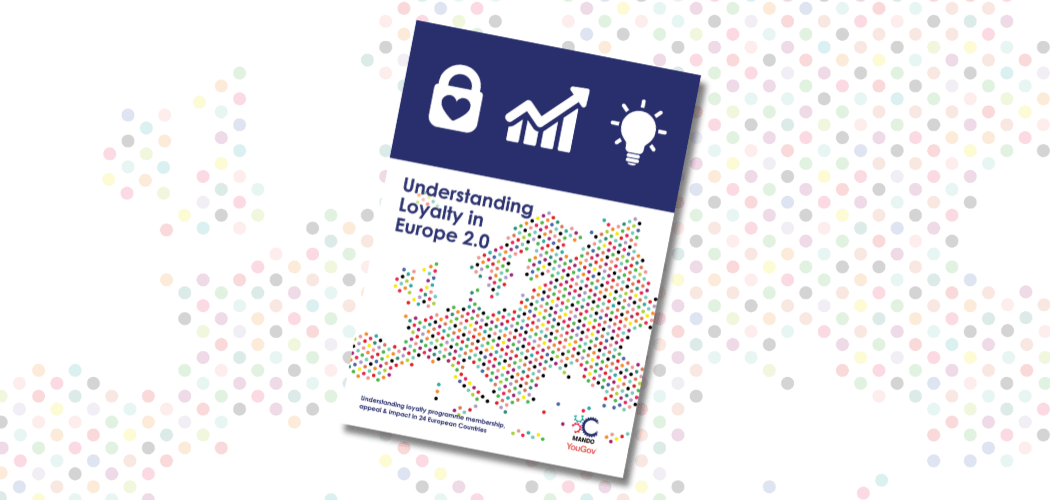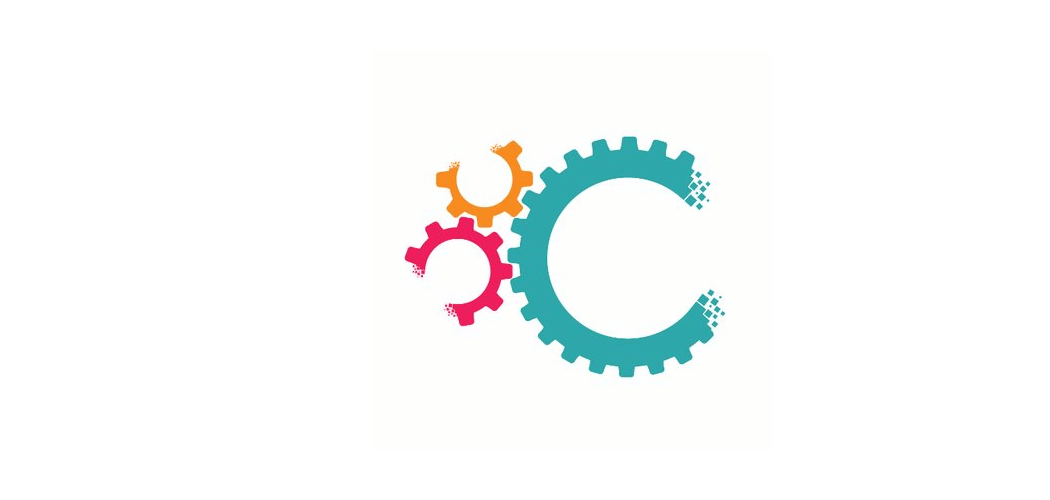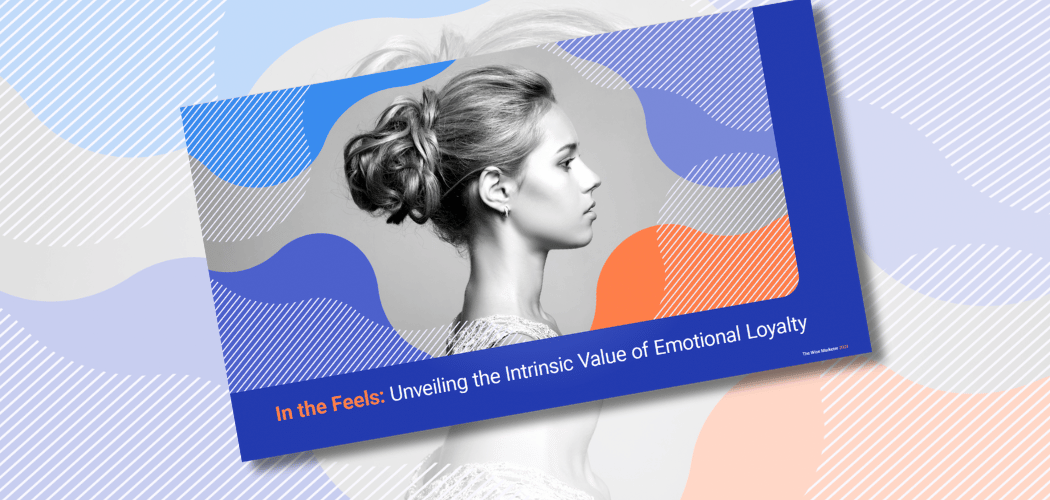Updated 5/16/19: Register for our upcoming webinar with Bond Brand Loyalty as they take viewers through important key findings and insights of the 2019 Loyalty Report.
Bond Brand Loyalty’s 9th annual The Loyalty Report focuses marketers towards what matters most in addition to revealing the top of class customer programs.
Amazon, Hilton, Nordstrom, Walgreens, Dominos, Starbucks, and a branded list of other loyalty and reward programs, are perceived as leaders in North American loyalty according to Bond Brand Loyalty’s 9th annual The Loyalty Report.
In a world increasingly filled with ‘expert’ opinions and ‘fake news’ it is always comforting to take in points of view from trusted loyalty and customer engagement industry experts that are driven from fact. A few weeks ago the Wise Marketer attended an invite-only event hosted by Bond Brand Loyalty in Toronto, Canada that brought together nearly 300 leading marketers for an exclusive preview of the key insights that Bond has now released publicly early this week.
At the event, and then reiterated once again in the report, Bond frames up the purposefulness of loyalty marketing by stating simply, “customer engagement done right moves the needle in a big way for Brands.” But then calls on marketers to make changes to their original work, to bring forward a redux version, that repositions loyalty and customer engagement programs as the core for all customer interactions. Perhaps even becoming products themselves.
Given Wise Marketer’s own perspective since early 2018 that foresees a “loyalty revolution” underway, this call to action for change resonates with us. Add to it that Bond sees the average number of memberships that a consumer is enrolled in approaching 15 programs, but with activity in no more than 50% of these programs. There is a clear need for a resurgence of loyalty’s importance within customer marketing strategies to be meaningful.
Admittedly our thoughts have run to the realization that perhaps our view on the necessary changes needed in our industry, and within customer marketing programs, is too assertive? With revolution there is most certainly change, but it is often rooted in complete overhauls that retain little, if anything, prior to the revolution. But a period of redux brings forward a re-imagination and a reinterpretation of existing work that builds on and retains some of the foundational elements.
Putting aside this questioning of the degree of change needed, Bond’s perspectives on what changes truly matter most for brands to focus on. Here are three key insights that caught our attention:
Loyalty has not yet realized its full potential … are you holding it back?
Have the constructs for how brands utilize their loyalty and reward programs not changed much beyond pricing and promotion mechanics, despite now having technology innovations that enable its role and purpose to drive rich and meaningful interactions and experiences with customers?
“Retailers have felt that they need to over promote … a lot of loyalty is to the sale rack at the back of the store,” suggested Sean Claessen, chief strategy officer for Bond, “a tough place to be that only leads to one place.” Claessen highlighted at the preview event a series of examples of brands that are creating customer engagement through events and experiences that are actively moving loyalty beyond the path he sees towards the garish red of sale and discounts. The most salient example being Nike’s members only retail experience in Manhattan, New York, which supports his call to “build the loyalty mechanics into a customer experience that is differentiated” with an overt absence of less than full-retail pricing indicators for customers choosing Nike’s membership program.
The notable take away from that presentation and the report is that consumers are indicating that experiences matter more than traditional earn and burn mechanics. Consumers tell Bond that reasons for their engagement with a brand’s loyalty program is based on traditional mechanics only 25% of the time, while ¾’s of the reasons for their engagement are experience based. We advise marketers to take a “Points +” view when designing their loyalty programs. Points will continue to remain important, but it’s even more essential for brands to be ensuring not only that there is a plus, but one that is much larger.
Consumers are raising the bar on their minimum expectations for interactions with brands … do you know what they are?
Enhanced experiences are being tested or fully introduced by select brands across a variety of customer-facing verticals. Bond shared a variety of examples ranging from Hertz partnering with Clear and their biometric identity kiosk to verifying driver’s identity to get them on their way faster, to Burger King re-directing people from nearby McDonalds locations with a 1 cent trial offer via their mobile app with a very los COA (cost of acquisition).
This suggests that marketers are quickly driving up consumer expectations for what is considered to be table-stakes level interactions with a brand, no matter the product or service and with no limitations bounded within a vertical. Even more, customers have little care for the operational complexities or constraints from legacy infrastructure that may preclude a brand from delivering on these new minimum expectations.
This was brought to life by a younger millennial, Bond’s own senior research manager of global insights, Alie Donnelly, who outlined how the retailer, Function of Beauty, has set the standard for her. Donnelly explained how she is able to customize their products to best meet her specific hair goals, they accurately anticipate her replacement time horizon, and each bottle is personalized with her name. Prompting her to ask the question, “if this is my experience with hair care, then why can’t I design my own program?” Doubling down on her guidance for banks, Donnelly also shared that her mobile phone is her primary means of payment, with her wallet and the cards within relegated to an understudy role, and that “if you’re still designing your plastic, then you’ve missed the boat with me.”
Bond reports that 3 of every 5 Gen Z’s (62%) and two-thirds of of Millennials (67%) indicate that they’re highly influenced by loyalty programs and that both groups are 20% more comfortable than average Americans with the information the Programs collect about them. Sounds like a marketers dream. But a cautionary dream as they indicate lower satisfaction with loyalty program and place more emphasis on the importance of experiences compared to other age groups.
Loyalty foundations play a role across the entire customer experience ribbon … do you understand your CX ribbon?
Not all interactions and points of engagement across the entire customer journey are created equal and brands need to understand which of these moments truly matter most. Traditional points-based currency will continue to play a role in most loyalty programs, but needs to evolve beyond encouraging program members to chase points currency. Bond highlighted a list of loyalty currencies, drawing from their previous years report, that are increasing in their importance to consumers for marketers to utilize. Some of these currencies include: convenience, time, ease, silence, control, purpose, sense of community, access, discretion, and others.
At the preview event, Bond brought this construct to life when they showcased insights into consumer perceptions across more than 40 discrete points of interaction in a typical travel journey, such as taking a flight. By comparing how consumers felt the loyalty program contributed to making their experience much better at each interaction versus the importance of each to the travel journey, Bond highlighted key areas where frequent flyer programs are succeeding … and ten pain points with low performance that are not being addressed.
Couple this with more than 3 of every 10 consumers (32%) indicating that the brand experience is made better by the loyalty program, which results in a 9.2x lift in their satisfaction and the case for loyalty redux had been made.
How should brands re-imagine the mechanics of loyalty to better deliver on their brand promise by way of delivering on their loyalty promise? How can alternative forms of loyalty currencies augment points-based currency to redefine the customer experience and their engagement with a brand? These are they types of questions that loyalty marketers need to answer if they have aspirations to be a part of the popular crowd.
Bond publishes this highly anticipated loyalty industry report in partnership with VISA, which showcases the perceptions of 55 thousand consumers within 24 markets on more than 900+ brands to identify those loyalty programs that are rising above others.
Download the report here.
Bond Brand Loyalty is a partner of the Wise Marketer.




